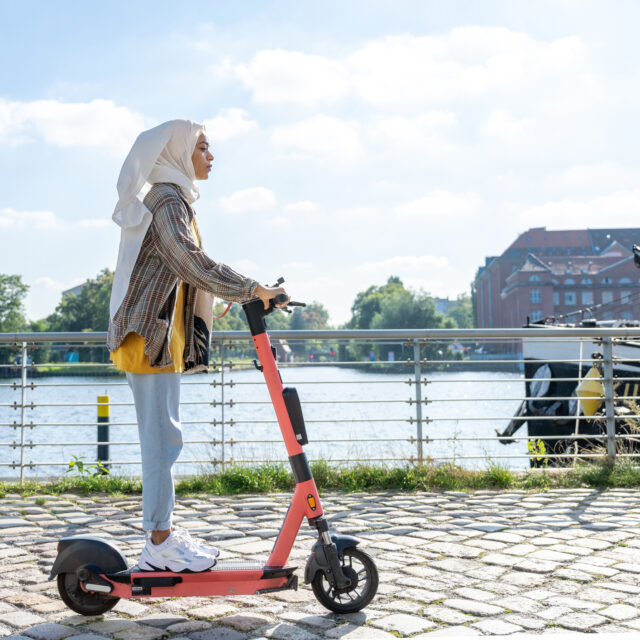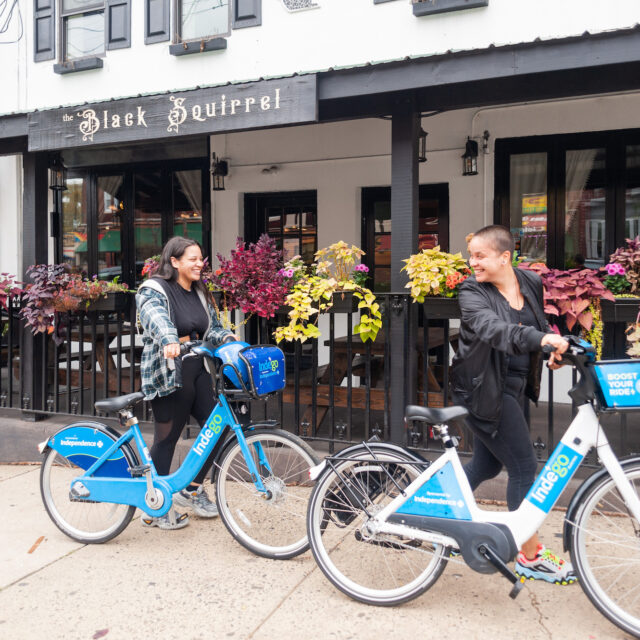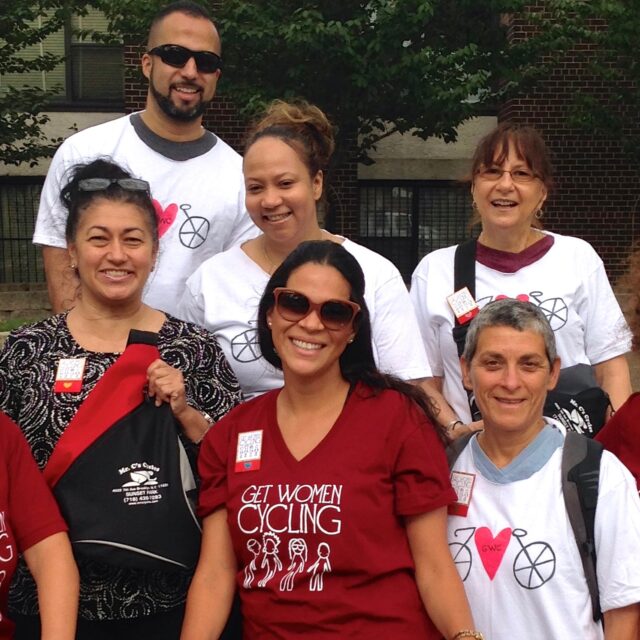Closing the Active Transportation Gender Gap
by Shawna Kitzman, Project Planner at Toole Design
October 30, 2023
Shawna Kitzman, a project planner from Toole Design, weighs in on how shared micromobility can better serve female users. This article was originally published on the Toole Design website.
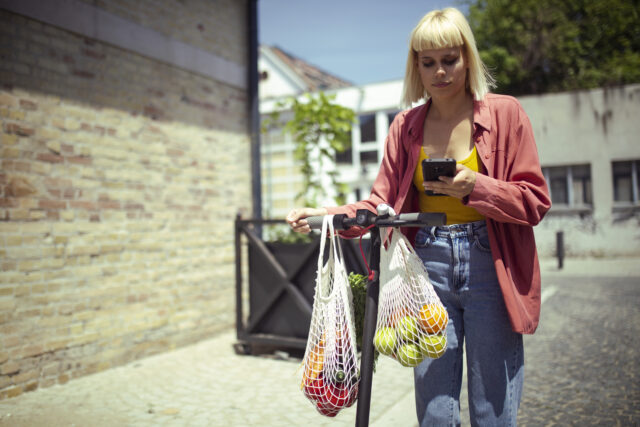
While on vacation in Washington, DC, our family of five sat under a shady tree in the hot afternoon sun. We people-watched as we awaited friends by the Capitol Reflecting Pool. Many zipped along on shared e-scooters, the wind blowing through their hair.
Most elected officials, planners, and engineers are male. Only 15% of the transportation workforce are women. The result? Our transportation systems are largely designed for and by men. They accommodate able-bodied, cisgender males as the prototype. They prioritize point A-to-point B commutes during peak hours. Traditional zoning separates uses, such as residential from commercial.
These legacy regulations burden women’s ability to conduct their disproportionate share of caregiving and household tasks, and downright prohibit children from exploring their communities unaccompanied. Women of color face greater barriers, such as historic underinvestment and discriminatory housing and zoning practices.
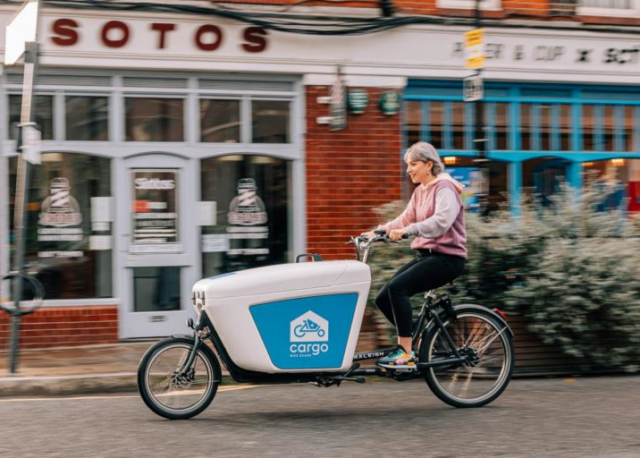
The U.K. recently introduced its first electric cargo bike share program (Image courtesy of Cargo Bike Share).
Micromobility That’s Practical, Like a Dress With Pockets
In sum, women have more trips to take, things to carry, people to transport, and safety considerations as they navigate a transportation system not designed for them. These factors are significant, but they are surmountable. By incorporating design factors into shared micromobility fleets, vendors can better accommodate the needs of women. Some ideas include:
- Sidecars: Traditionally, a sidecar is a one-wheeled device attached to the side of a motorcycle, scooter, or bicycle. Including this option in more shared micromobility fleets would further expand ridership. (Sidecar sidenote: It also serves pets!)
- Cargo Bikes: With front- or back-load capacity, cargo bikes accommodate hauls and children of various ages. The size and weight of a cargo bike provide a sense of rider safety. Public cargo bike share is available in European cities but has yet to take hold in the United States.
- Shared Children’s Micromobility: In the United States, most riders must be 18 to legally ride. Paris, France’s successful shared bike and e-bike program, Vélib’, includes children’s bicycles, accommodating ages 2 to 8.
- Bikeshare with Baby or Child Seats: Several Chinese cities have added child seats to public city bikes to increase accessibility when traveling with young children.
- Mobility Hubs: Transit agencies should include shared micromobility at mobility hubs, which help people connect several types of transportation and support trip chaining.
- Family Fare Structure: Micromobility vendors should consider a singular family payment mechanism. Better yet, provide reduced or free youth rates to instill an early love of sustainable transportation.
Until family-friendly solutions are integral to our shared micromobility systems, my kids will beg me to ride while we bake in the sun and watch others whiz past. Providing women and caregivers with reliable, safe, and affordable active transportation will improve our economic opportunities and access to recreation, increasing our quality of life. And this exposure to active modes will bode well for our children, too.
Shawna Kitzman, AICP, is an award-winning project manager who connects people, places, and ideas. Working with clients throughout the Northeast, she leads dynamic stakeholder engagement and plan development for active transportation, transit-oriented development, long-range transportation plans, and demonstration projects.

